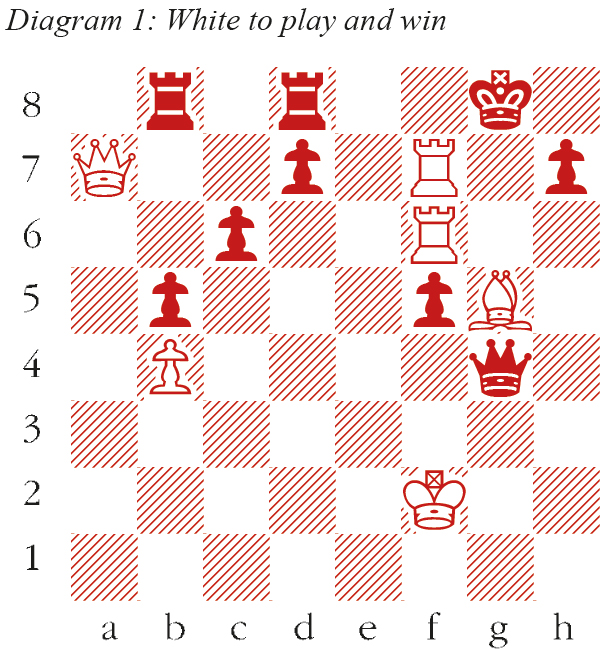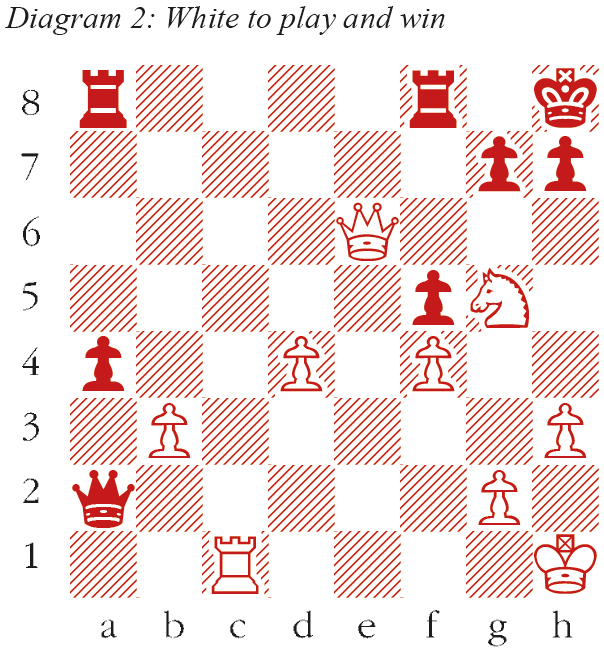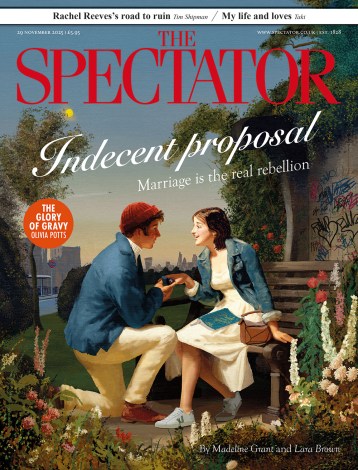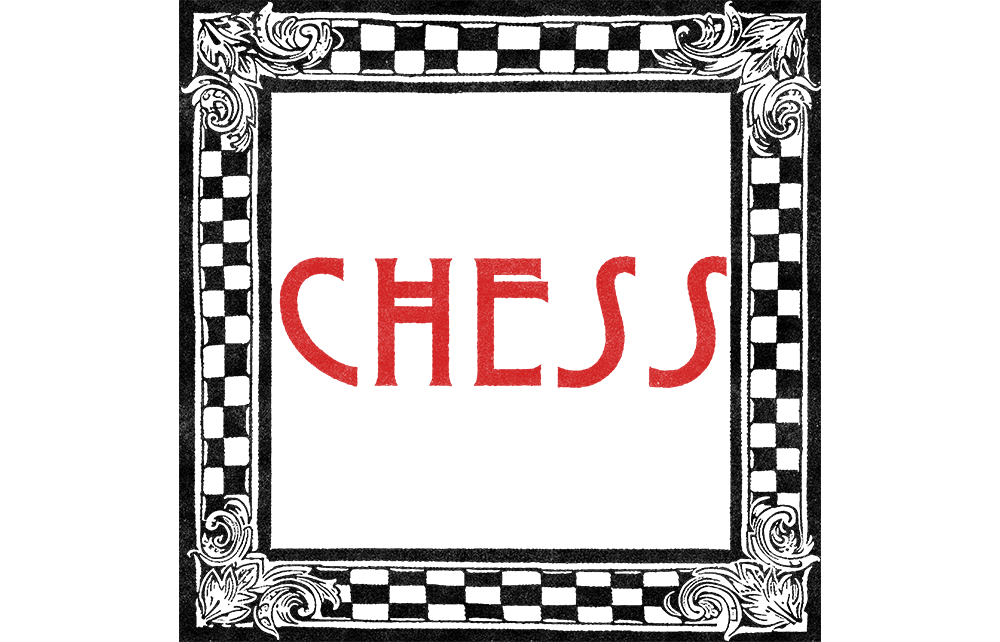
Generative artificial intelligence is a modern marvel. Should you wish to see an octopus juggling dinner plates in the desert, it is now just a few keystrokes away.
Images, videos, poetry, music – everything is possible. But have you ever scrutinised an AI-generated picture of people playing chess? Inevitably, the position will be incoherent. Look closer, and you may find that the board dimensions are wrong, with adjacent corners both white or both black. Squint a bit, and perhaps you will notice squares that are somehow both colours at the same time, like some clumsy knockoff of an M.C. Escher print.
Producing anything of real artistic merit turns out to be quite the challenge. So I was fascinated to learn that a team led by Google’s DeepMind (assisted by others from Oxford and Mila, the AI research institute in Montreal), have created a system to generate aesthetic chess puzzles. Their model was trained on the vast dataset of puzzles which is freely available at the website lichess.org.
A chess puzzle should have an unambiguous solution, but an excellent one will have some combination of aesthetic and paradoxical features, like a sacrifice, or an appealing pattern of piece movement, and combine elemental tactical ideas in a novel way. By devising ways to quantify these things, the researchers were able to use reinforcement learning to generate new puzzles. Indeed, many of the puzzles show intriguing features, though for now they are no match for the work of talented human composers.
The first puzzle below (see diagram 1) is one which impressed the panel of human experts who reviewed the model’s creations. Despite the imposing rook duo, several tempting continuations fall short here, e.g. 1 Qa2 Qd4+ and the black queen gives too many checks, or 1 Qa1 (to threaten Rf6-g6+) is met by 1…Qxg5. The solution is to jettison both rooks:
1 Rg6+!! hxg6 1…Kxf7 2 Qa1 comes to the same thing 2 Qa1! Kxf7 3 Qf6+ Kg8 4 Bh6 White wins as the desperate 4…Qh4+ is the only means to prevent Qf6-g7 mate, whereupon White has an easily won game.


A queen sacrifice leading to smothered mate is a well-known chess motif, but the generated problem below has an intriguing twist on that. If you remove the rooks on c1 and a8, the solution would follow the familiar pattern: 1 Nf7+ Kg8 2 Nh6+ Kh8 3 Qg8+! Rxg8 4 Nf7#. But in the diagram, something different is called for, as 1 Nf7+ Rxf7 2 Rc8+ Rf8 is a dead end. Thus:
1 Rc8!! is a lovely shot. Then 1…Raxc8 2 Nf7+ leads to the familiar smothered mate, so Black’s best defensive try is 1…Qxb3 to contest the diagonal, but 2 Nf7+ Kg8 3 d5! renews the threat. And finally 3…h6 4 Ne5+ Kh7 5 Qg6+ Kh8 6 Rc7! chances the target to g7. 6…Qd1+ 7 Kh2 Rg8 8 Nf7 checkmate






Comments